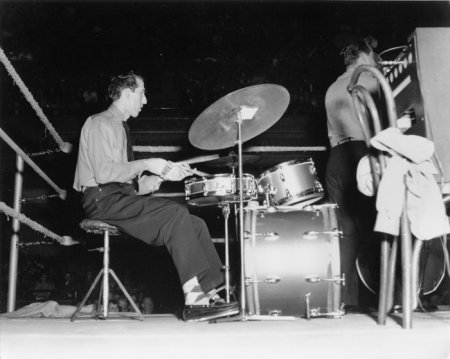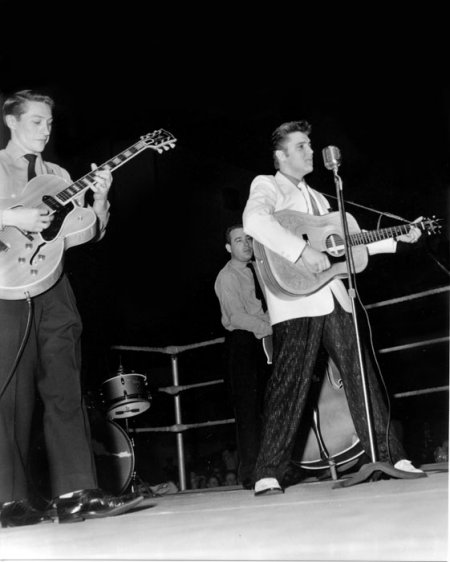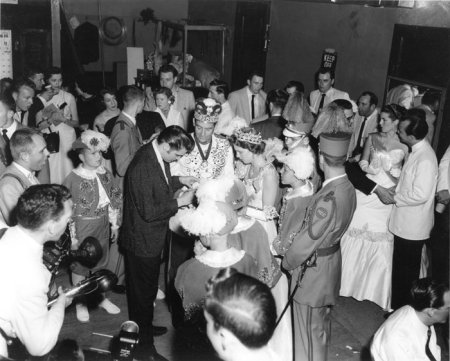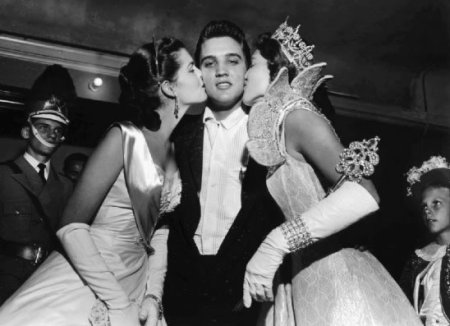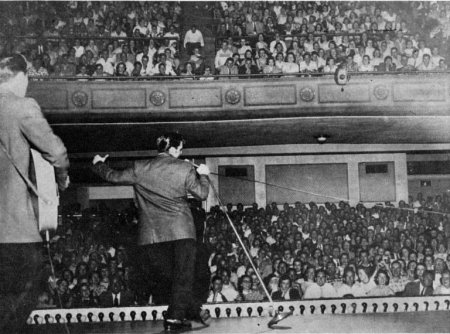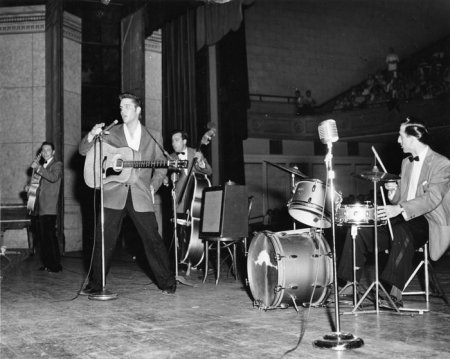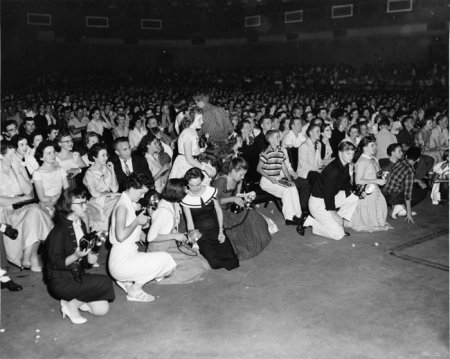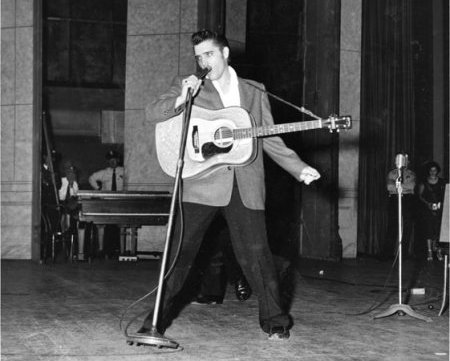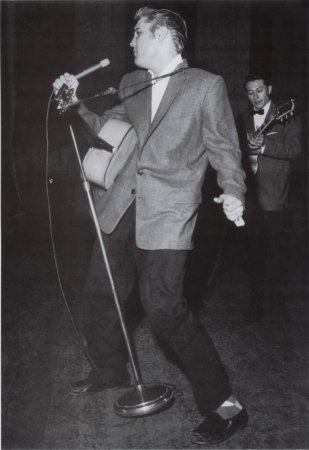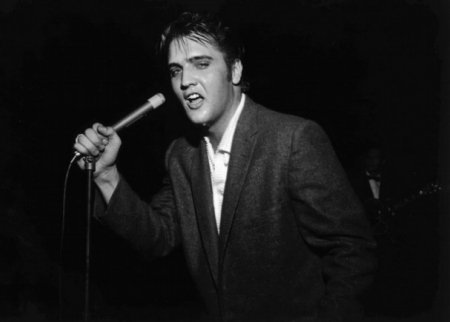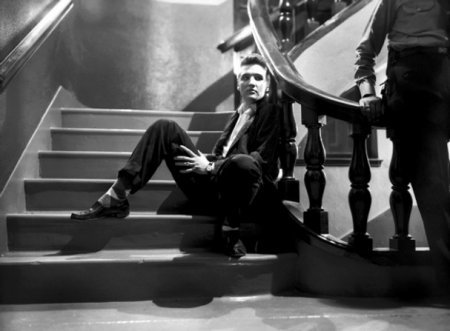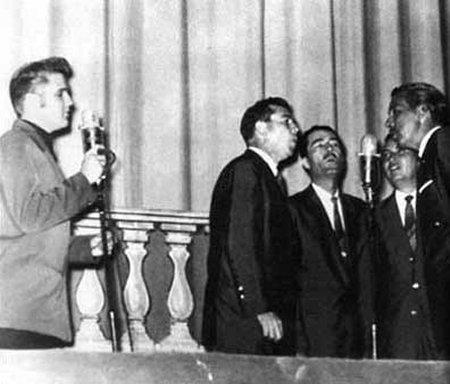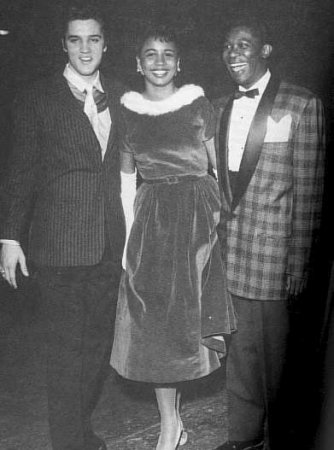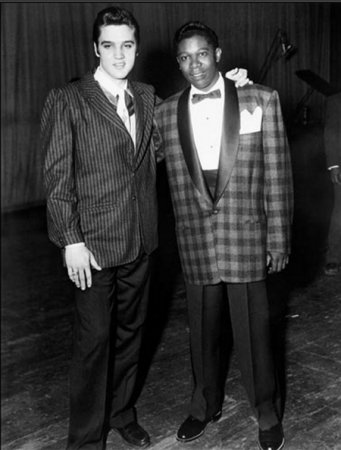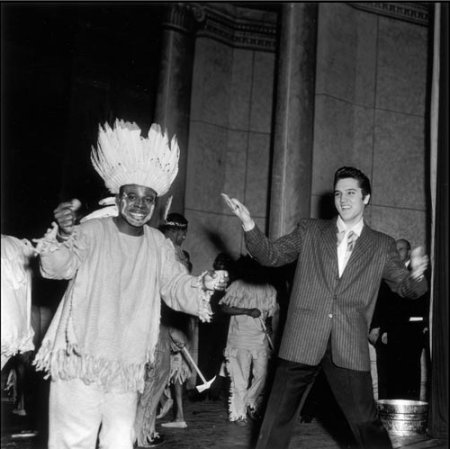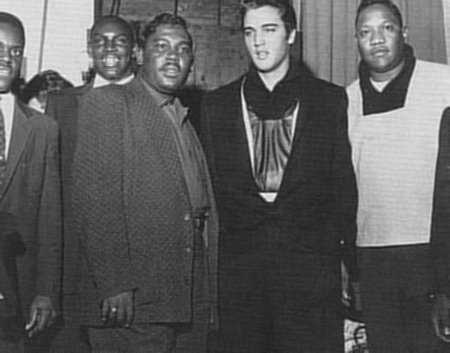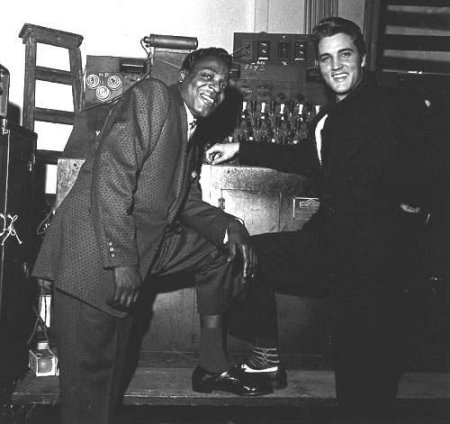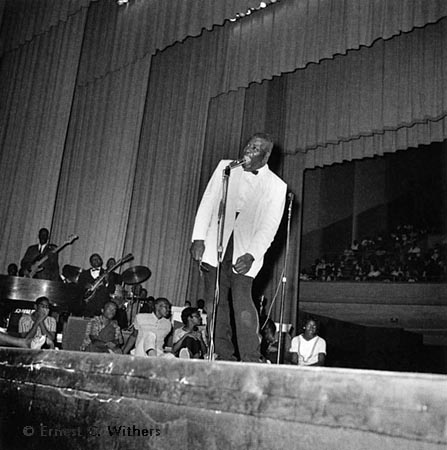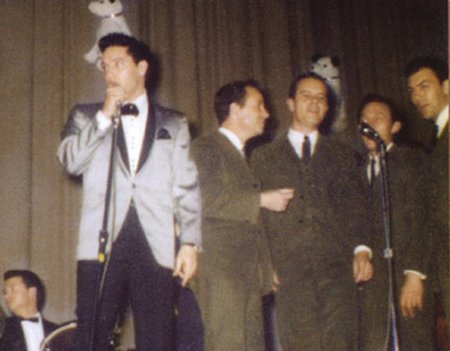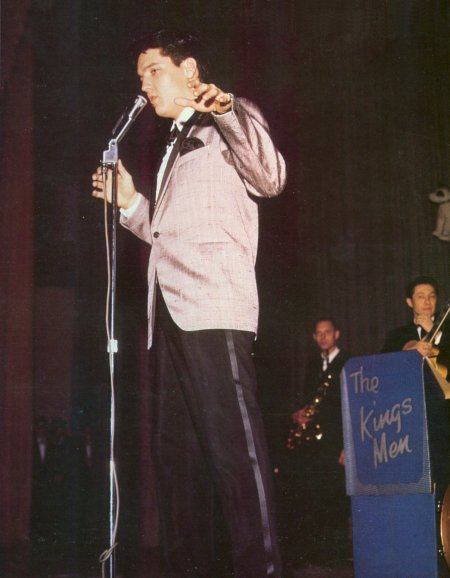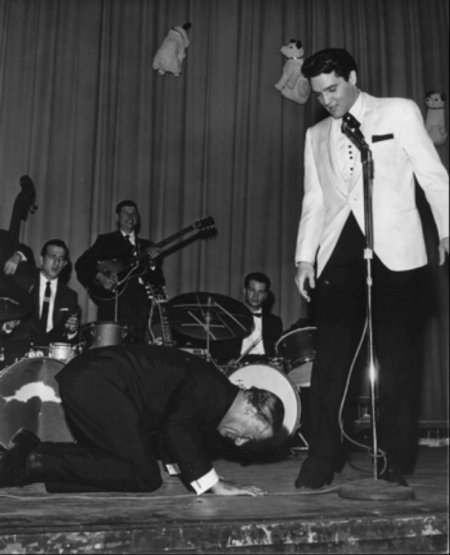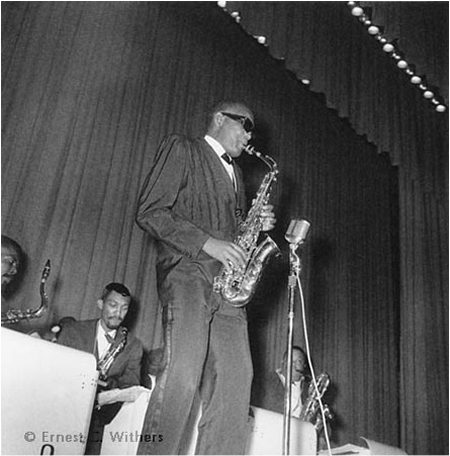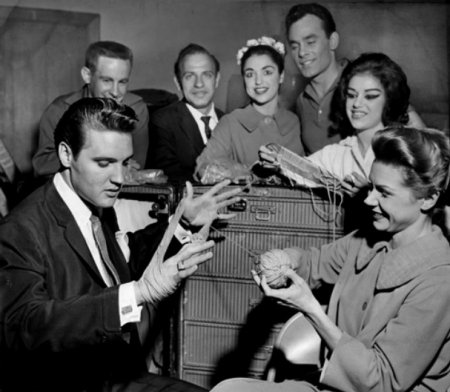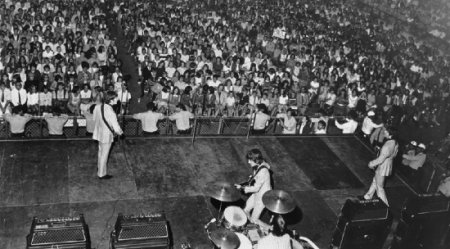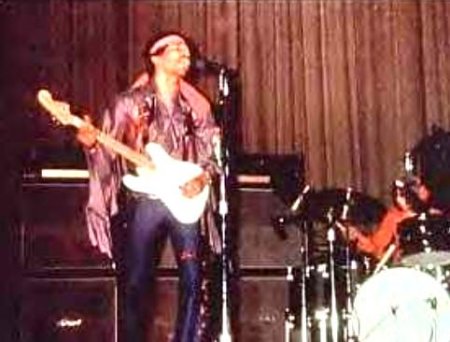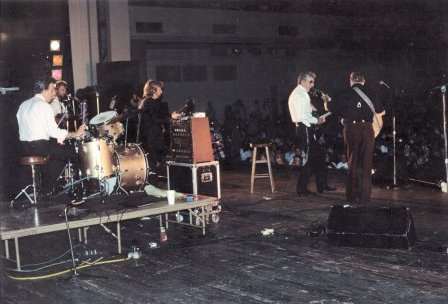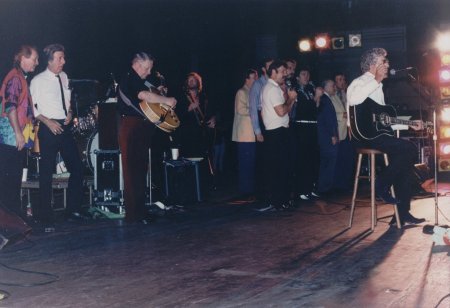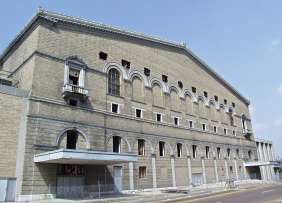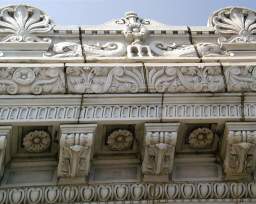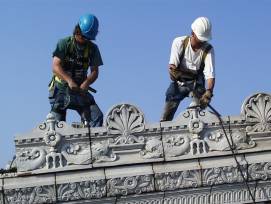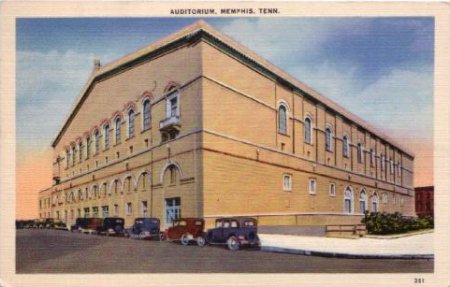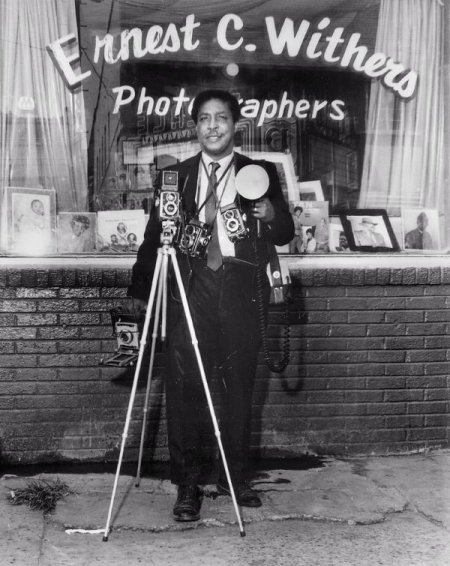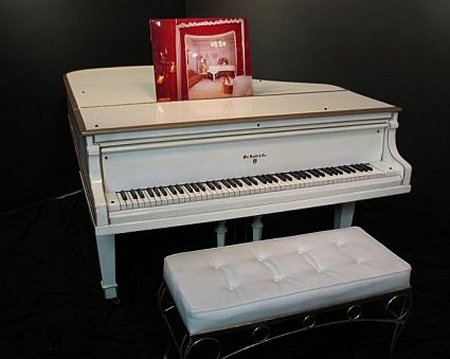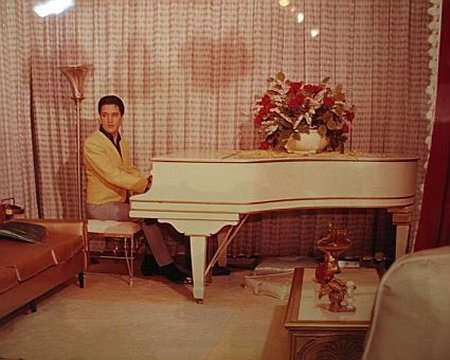 |
Ellis Auditorium
The mid 1920's in Memphis saw a post war building boon with many new buildings going up. Carl Awsumb designed plans for a new auditorium in 1924 and it was built not long after down at the North End of Front Street. John Philip Sousa was the opening act for the new Memphis Auditorium and Market House--a combination athletic arena, concert hall, convention center, and retail produce market. Apparently, city fathers didn't believe entertainment alone would sustain the huge investment, so they rented market stalls that, in the first ten years of operation, earned more money than the rental of the hall. The moving force behind the auditorium was Robert R. Ellis, for whom the facility was renamed in 1930.1
Ellis Auditorium hosted circuses, opera and symphony concerts, trade shows, movies, conventions, and big bands like Paul Whiteman and Guy Lombardo. Blacks had a separate side entrance and sat in a separate balcony. In segregated Memphis, the Harlem Globetrotters set record sales of more than 6,000 white tickets in 1953. The record lasted, however only one day. The next night 7,000 paid to see Gorgeous George wrestle Farmer Jones. The card also included Mildred Burke against Ella Waldeck.1
The auditorium was split into two halls, the North and South. The South Hall which seated 2000 was used for movies and shows while the North Hall which seated 5500 was used for concerts, ice shows, circuses, basketball games etc. The stage separated the two halls at roughly a third of the structure and was an elevator that could rise from the lower level for dramatic entries. The curtains could be opened to use the whole auditorium at once for larger capacities.
The Blackwood Brothers were the first gospel group to sell over a million records, the first to sign to a major record label (RCA), and the first to get nationwide television exposure. They made Memphis their headquarters for over 50 years. Elvis lived in the Lauderdale Housing Projects close to Ellis Auditorium and used to attend Gospel All Night Sings. RW Blackwood, Sr. used to let him in the back door because he was too poor to buy tickets. Two of the members lost their lives in a plane crash on June 30, 1954. Both Elvis and then girlfriend Dixie Locke were just two of the 5000 that attended the funeral in a packed Ellis Auditorium on July 2nd.2 Three days later Elvis, Scotty and Bill recorded their first record at Sun.
The February 6, Memphis Press-Scimitar wrote: A Hit parade of country music
is in store for patrons of the Five-Star Jamboree at 3 and 8 PM today in the
North Hall of the Auditorium, sponsor Bob Neal promises. According to Scotty, Bob Neal in his new capacity as manager had set up a meeting in between shows between Sam Phillips, Colonel Parker and Tom Diskin at Palumbo's Restaurant across the street from the auditorium. The meeting was to introduce Sam and the boys to Parker, who had recently taken over the management of Hank Snow, one of the Grand Ole Opry's most popular members. Parker's booking agency, Jamboree Attractions, which had been formed in partnership with Hank Snow, was making a name for itself at the national level. As a country music disc jockey, Neal knew how important a good booking and promotions man could be to an artist's career.4
On November 13, 1955 the boys made their second appearance at Ellis auditorium, at 3:00 and 8:00 p.m. on Bob Neal's Western Swing Jamboree dedicated to departing KWEM DJ Texas Bill Strength, who was bound for Minneapolis.
The Memphis Press-Scimitar reported on the 12th, "Billboard magazine,
standard of the radio and recording industries, names Presley 'most outstanding
new artist of 1955' in a scroll presented at the Country Music Disc Jockey's
convention in Nashville. Cash Box Magazine had Presley's name on its
scroll for Up and-Coming Star of the Year' - result of a nationwide vote by disc
jockeys and juke box agents. It was their last time there as "Sun Artists," since eight days later, on November 21, 1955, RCA bought Elvis' recording contract for $35,000.00 from Sam Phillips with a $5000.00 signing bonus for Elvis.
On December 19, 1955 Elvis, Scotty, Bill and DJ performed a Memphis charity show at Ellis Auditorium to benefit the Memphis Press-Scimitar's Goodfellows Fund and the Commercial-Appeal's American Legion Basket Fund. Elvis and the Blue Moon Boys, along with Slim Rhodes and his Mountainair's and other musical artists, provided the singing introduction for an "all-star wrestling program." Rhodes opened with a thirty-minute set. He was followed by the Dixie Dolls, four tap dancers, who preceded 15-year old Jo Haynes, who twirled her baton to a pre-recorded jazz number.5
The master of ceremonies was Trent Wood of WCMT, a radio Station owned by the Commercial-Appeal. The benefit received pre-event coverage in both the Commercial-Appeal and the Press-Scimitar. It is not clear whether all the music was presented before the first wrestling bout, or whether Rhodes performed first with Dixie Dolls and Miss Haynes appearing between the three matches, and the "whole shebang" wrapped up by Elvis' show. The event was promoted by Les Wolfe.5
The Cotton Carnival was started in Memphis in 1931 to help revive the Cotton distribution market and is a week long celebration where all the local stores and theaters displayed cotton and cotton products in their lobbies and store windows and sponsored newspaper ads and radio programs to tout Memphis' most important product. They had a King and Queen and a Royal court composed of young women mostly in their first year of college. On the final day they gathered at Ellis Auditorium for the parade, then swept down Main Street through the business district, crossed over to Second Avenue and returned to Ellis.1
On May 15, 1956, Bob Neal's Cotton Pickin' Jamboree at Ellis featured Elvis headlining over Hank Snow and the Jordanaires as part of the opening of the twenty-second annual Cotton Carnival. Before Elvis performed, Bob Neal announced that he would be playing another show in Memphis, on July 4, for the benefit of local charities. "A wild roar of approval was evidence that Elvis will have plenty of company" for that show, reports the Memphis Press-Scimitar, but that is nothing compared to the reception he gets when he appears onstage. He wears black pants, a white shirt, and a kelly-green jacket, sings Heartbreak Motel, and introduces Little Richard's "Long Tall Sally" as a beautiful song "recorded by a friend of mine...I never met him, but here's the song."6 The Maid of Cotton, Patricia Cowden, and Memphis Cotton Carnival Queen, Clare Mallory, gave Elvis Presley royal kisses just before he walked on stage before a packed auditorium audience.7
Robert Johnson in the Memphis Press-Scimitar wrote that The crowd screamed its admiration of Elvis, made so much noise during the performance that sometimes you couldn't hear him or his musicians. The atmosphere was what is sometimes described as "electric." One could sense the excitement in the air, as the crowd clamored in frantic approval of every song-- "Heartbreak Hotel," Long Tall Sally," "Blues Suede Shoes," "I was the one" and others.3
It is said that this show was the first time they performed and closed with "Hound Dog," an arrangement of a song they only recently picked up from Freddie Bell and The Bell Boys up while performing in Las Vegas just weeks before. The song would be their staple closer for the reminder of their performances.
Brian Petersen in "The Atomic Powered Singer", wrote that on July 27, 1956, Elvis did a typically unexpected thing when he turned up at the Blackwood Brothers All-Night Gospel Singing at Ellis Auditorium and sang the two songs "Jesus Filled My Every Need" and "You'll Never Walk Alone" with the Statesmen Quartet.
WDIA in Memphis was the first radio station in America that was programmed entirely by African-Americans for African-Americans. It empowered a huge segment of the population that was, until the late 1940s, largely unrecognized. WDIA’s monumental achievement was all the more extraordinary as it occurred during a time of institutionalized racism.8
Nat D. Williams was a prominent figure on Beale Street, and he brought the street to the station. Rufus Thomas, who co-hosted the Palace Theater Amateur Night with Nat, began hosting the 15-minute Sepia Swing Club and soon had a 2-hour nighttime show called “Hoot and Holler.” B. B. King, who’d begun making his name at the Amateur Night, knocked on the station’s door one day in 1949 and impressed station personnel with his audition. B. B. went on the air promoting Pepticon, the station’s cure-all, and his career as a recording artist, and as a product spokesperson, took off. He recorded his first single in the station’s studio during off hours.8
Around Christmas time, the WDIA Goodwill Revue brought in the best gospel, blues, R&B, and soul performers in the nation; the disc jockeys put on entertaining skits and many also performed. The Goodwill Revues were enormously successful and all the proceeds went toward charitable causes.8 On December 7, 1956, Elvis attended the otherwise segregated Goodwill Revue at Ellis Auditorium.
Elvis again visited the Revue the following year on December 6, 1957, just weeks before receiving his draft notice. This was also the last year that WDIA was owned by its original owners.
Memphis photographer Ernest C. Withers remembered Elvis as a "mild mannered, good hearted fellow". His photographs show Elvis not so much as the King of Rock and Roll but as a white variant in a continuing black tradition. In Withers' now famous backstage images from WDIA's 1956 and 1957 Goodwill Revues, we see Elvis paying tribute to B.B. King, Rufus Thomas, and Junior Parker, among others. And we get the extraordinary vision of a grinning Presley working his way upstream against a sea of black "Indians". As a teenager, Elvis not only listened to WDIA but visited Reverend Brewster's church for the Gospel music and studied Calvin Newborn's dynamic, hip swiveling stage show. Wither's portraits of Presley reflect these influences while refusing to express any resentment. He was an unusual Escalator is how Wither's puts it.9
When Howlin Wolf played at the Goodwill Revue the crowd was full of children, not a typical wolf audience. "Spoonful" was Wolf's big hit, and Sam Lay bought a large soup spoon at a flea market for Wolf to use as a phallic symbol while doing the song. Ernest Withers recalled, "Well, he did that 'Spoonful' in a vulgar fashion, which was not apropos to a kid audience, it just wasn't tolerated. They closed the curtains on him in order to discipline him. That was the only way to stop him because he got vulgar with the spoon."10
On February 25, 1961 Elvis performed for the last time at Ellis together with Scotty at the Memphis Charity show, at 3:00 and 8:30. Attendance at the matinee was 3860 and 6540 at the second show. Comedian George Jessel introduced Elvis in the evening as one of the greatest singer-actors of the century, while the Commercial Appeal described the show as combining elements "from Negro cotton field Harmony, camp meeting fervor, Hollywood showmanship, beatnik nonchalance, and some of the manipulations of mass psychology." Overall $51,612 was raised, with $47,823 distributed among twenty-six Memphis charities and $3789 earmarked for the Elvis Presley Youth Center in Tupelo.6
This show was only the first time they performed live that year, the second since Elvis returned from the Army and they would only perform once more, in Hawaii a month later, before the last time during the 1968 NBC-TV special seven years later. Elvis, Scotty, DJ, Boots Randolph, Floyd Cramer, the Jordanaires were backed by Ron Capone on drums, Bob Alexius on bass and Brad Suggs of Larry Gordon's Orchestra (also performing).
Bill Black did not return to the band when Elvis returned from the Army and was now performing with his Bill Black Combo. Elvis went off to the movies and the U.S. was just preparing for the British Invasion and a new era of Rock. Larry Gordon (a.k.a. as Larry Owens but in actuality is Larry Muhoberac) would later become the first piano player with Elvis' TCB band.
Ellis finally became fully desegregated in 1963 when the Supreme Court ordered Memphis to promptly and fully desegregate city facilities.
According to Fred Griffith of the Commercial Appeal, on August 19, 1966, a crowd of more than 8,000 filled the North Hall of Ellis Auditorium and part of the South Hall for the Memphis Christian Youth Rally. This was provoked by John Lennon's misinterpreted statement that the Beatles were more popular than Jesus Christ, while across town the Beatles performed at the Mid-South Coliseum to a reported crowd of 20,128. A total of 7,589 attended the afternoon show and 12,539 showed up at the evening concert. The Cyrkle, Bobby Hebb, The Ronettes and The Remains also were on the bill. Tickets cost $5.50 and a chain link fence surrounded the stage.
Throughout the 60's and the '70s the auditorium hosted acts from Cherry Berry, Fats Domino and Ray Charles to The Who and Steely Dan to name but a few and on to U2 in 1982. According to Bill E. Burk, publisher of Elvis World Magazine, Peter, Paul and Mary sold out the North Hall for a show in 1963 and reputedly was only the third to do it, a previous time being for the Globetrotters. On April 18, 1969 The Jimi Hendrix Experience, featuring Jimi Hendrix, Noel Redding on bass and Mitch Mitchell on drums performed a double show at Ellis' North Hall. The opening act was "Fat Mattress", Noel Redding's new group. Jimi set fire to his guitar after the last encore. In August of 1992 Scotty performed live again for the first time in twenty four years. The last time was the 1968 NBC-TV special with Elvis. This time he accepted a booking with Carl Perkins at Ellis Auditorium. The concert was part of the "Good Rockin' Tonight" show, a festivity of the annual "Elvis Week" celebration.
Also on the show were the Sun Rhythm Section, James Burton, DJ Fontana, Ronnie McDowell and the Jordanaires.4 It marked the beginning of his return to touring and performing live as well as his re-emergence into the public eye. Scotty said little there had changed and that he didn't think the dressing rooms had been cleaned since his last appearance in 1961.
After seventy five years of entertainment, Ellis auditorium was razed in 1999 for the expansion of the Cook Convention Center (built adjacent to the auditorium in 1974) and to make way for the new Cannon Performing Arts Center, which opened in January 2003. Prior to the implosion architectural terra cotta pieces from the nautical design of the building were salvaged and sold. In 2004, Scotty and DJ both performed at the site once more with a performance at the Cannon Center during the 50th Anniversary Celebrations.
page added February 6, 2008 * the photo taken by Ernest C. Withers of Elvis backstage at the Goodwill Revue on December 6, 1957 has appeared over the years in several publication captioned as both Brook Benton and also (in error) as Rosco Gordon, most recently in Withers own work as Benton. There are similarities between both men visually (to me at least) at that time to warrant the confusion but Chuck Porter, then curator for the Memphis Rock 'n Soul Museum confirmed that Ernest Withers himself had identified him as Brook Benton. My apologies to anyone for initially adding further potential confusion. Special thanks to the FECC's DJC, FECC's Kylan and Chuck Porter for their assistance in identifying photos 1
excerpt from "Memphis:
In Black and White" by Beverly G. Bond,
Janann Sherman
This legendary piano was kept and played in Ellis Auditorium until 1957. Performers such as W.C. Handy, Duke Ellington, Count Basie and Cab Calloway all tickled it’s ivories. In 1957 Jack Marshall of Memphis acquired the piano. Soon afterward Elvis became enchanted with it and purchased it for his new home in Graceland. Elvis had the piano customized, carefully supervising all the work.
The piano remained in the Music Room at Graceland from 1957 to 1969. Elvis utilized the piano for practice sessions, friendly “sing alongs”, and jam sessions by Elvis and visiting celebrities; it became one of Elvis’ most loved instruments.
In 1976 Vernon Presley sold the piano to Ted Sturges, owner of Sturges Recording Studio. Over the next five years, various artists including Jerry Lee Lewis used the piano during the recording of over fifty albums. Jimmy Velvet had it displayed in his museum from 1981 to 1990 when it returned to private hands. The piano is now owned by the Symbolic Collection and is displayed at Sui Generis on East 58th. St. in Manhattan with a price tag of $3 million dollars. courtesy NY Social Scene
|
||
|
All photos on this site (that we didn't borrow) unless otherwise indicated are the property of either Scotty Moore or James V. Roy and unauthorized use or reproduction is prohibited. |
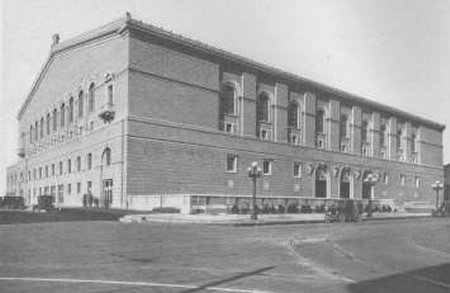
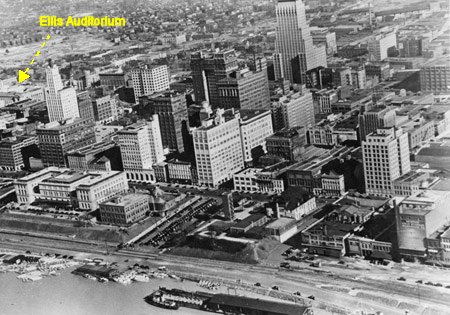
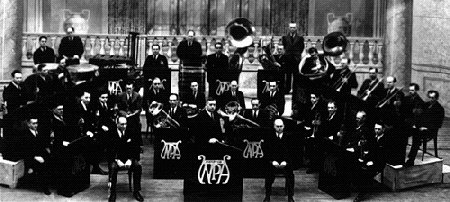
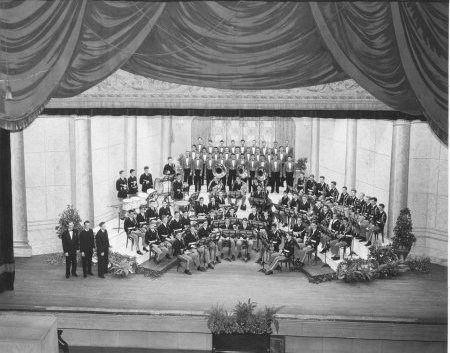
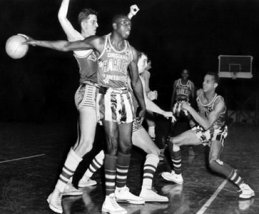
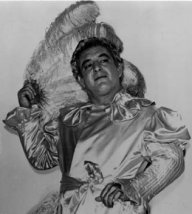

 On February 6, 1955 Elvis, Scotty and Bill performed at Ellis auditorium for the
first time, in the North Hall, as part of
On February 6, 1955 Elvis, Scotty and Bill performed at Ellis auditorium for the
first time, in the North Hall, as part of 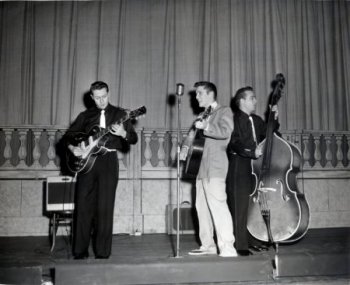
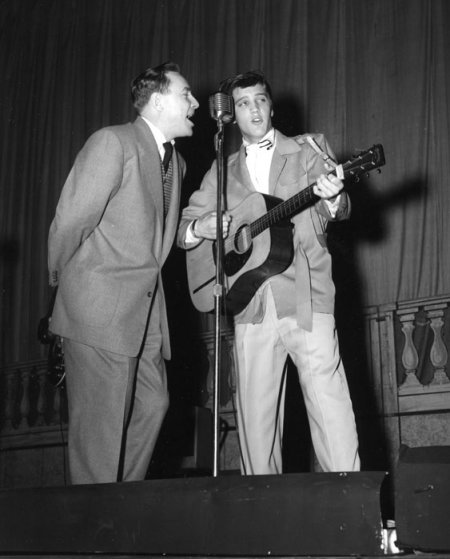
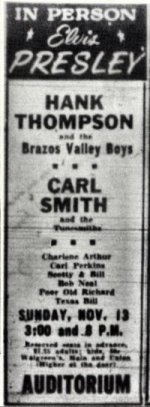 According
to Peter Guralnick and Ernst Jorgenson in "Elvis Day by Day", "Neal was very much encouraged by the Colonel's enthusiasm, but the meeting
did not go well, as Parker explained to Sam Phillips that Elvis was going nowhere on a
small--time label like Sun and that he had already made overtures to RCA to buy
the contract. Phillips did not react well to this piece of information, and
Parker silently revised his plan without ever retreating."
According
to Peter Guralnick and Ernst Jorgenson in "Elvis Day by Day", "Neal was very much encouraged by the Colonel's enthusiasm, but the meeting
did not go well, as Parker explained to Sam Phillips that Elvis was going nowhere on a
small--time label like Sun and that he had already made overtures to RCA to buy
the contract. Phillips did not react well to this piece of information, and
Parker silently revised his plan without ever retreating."